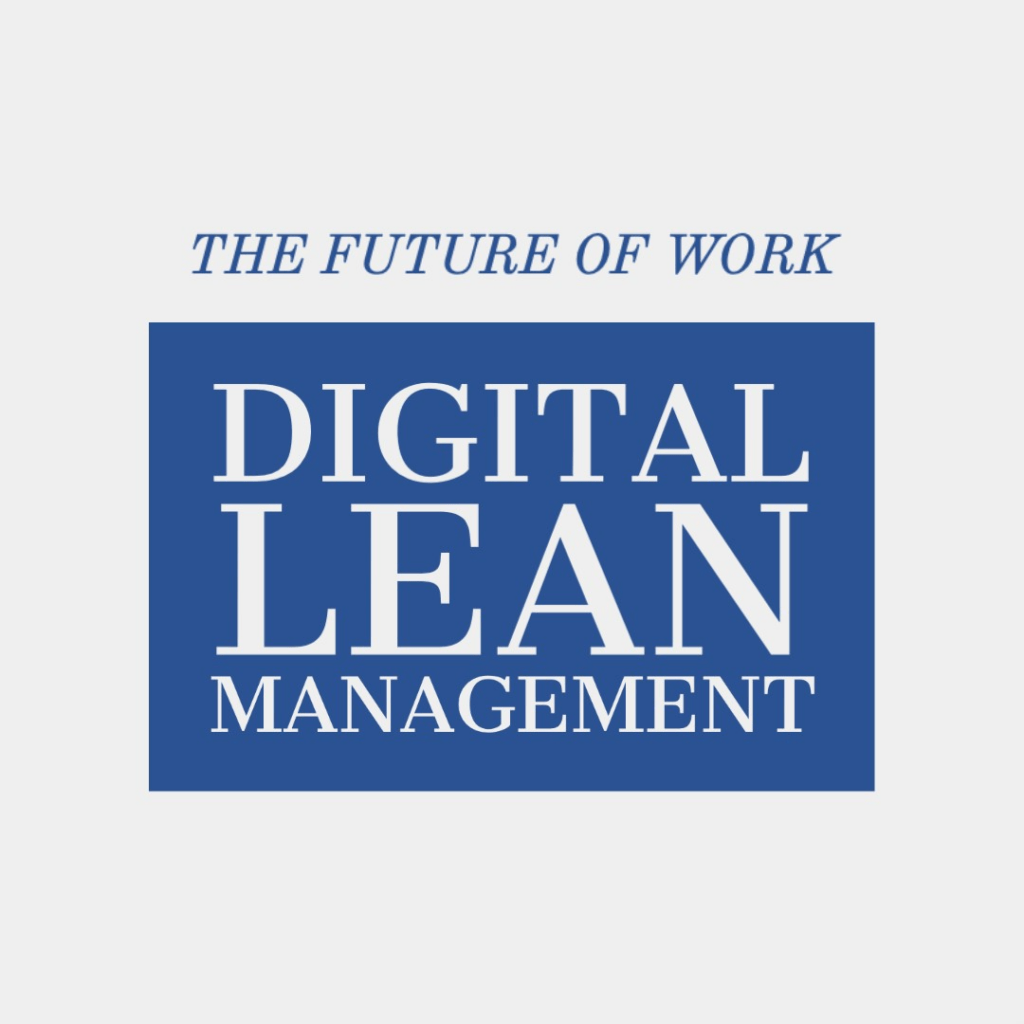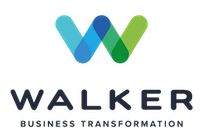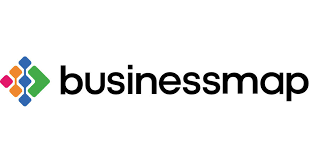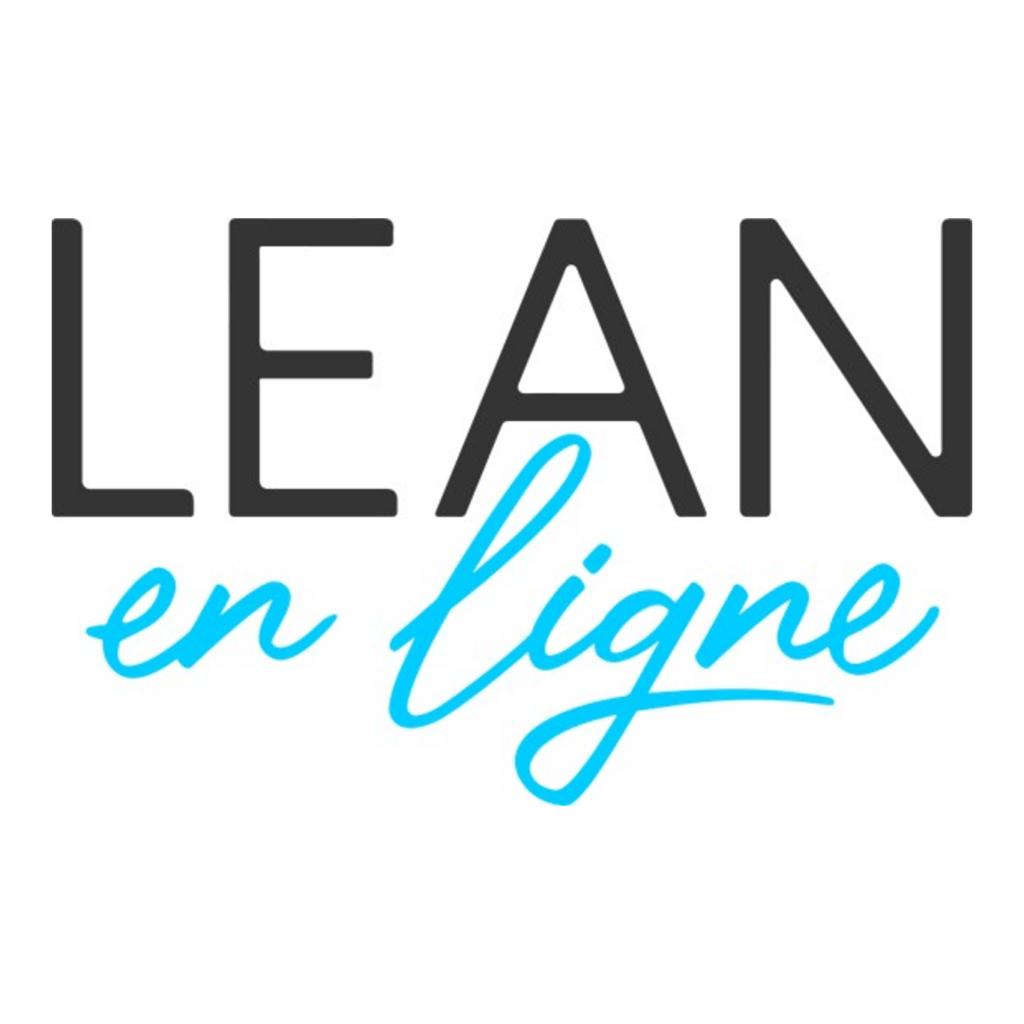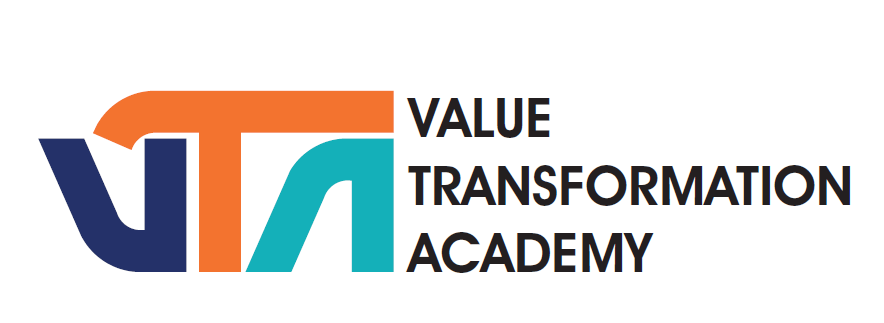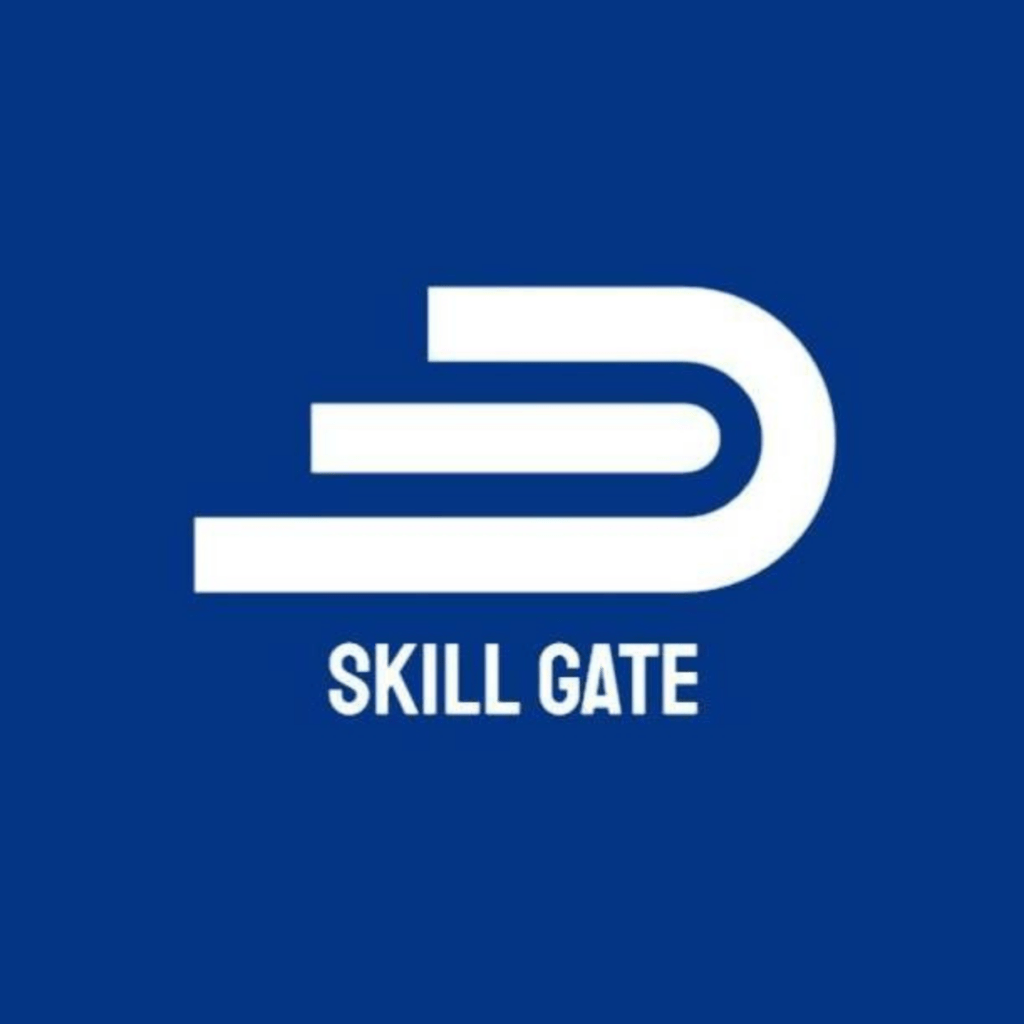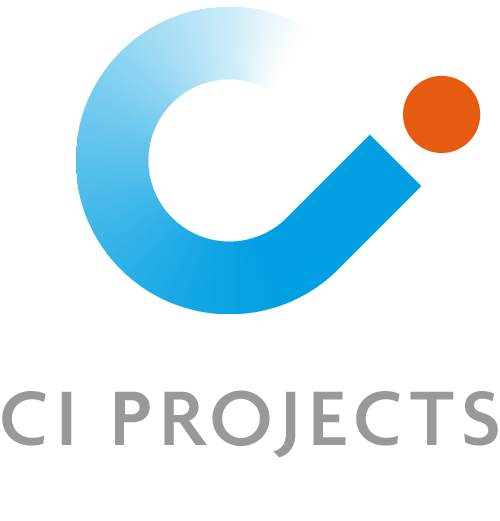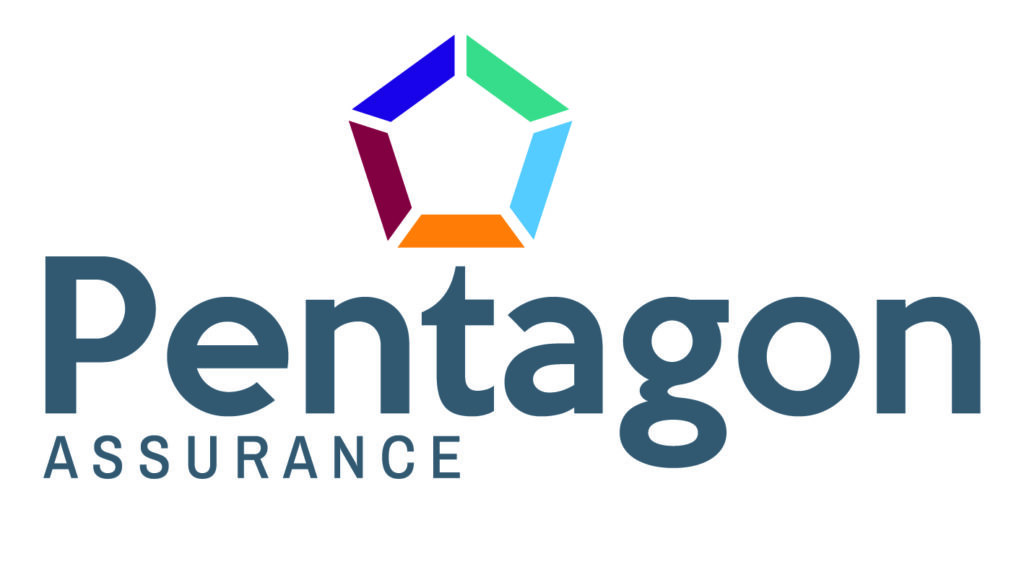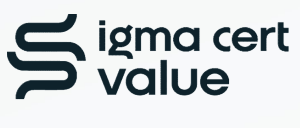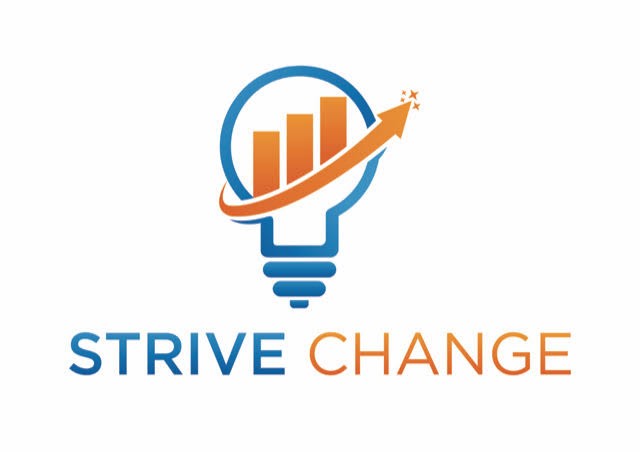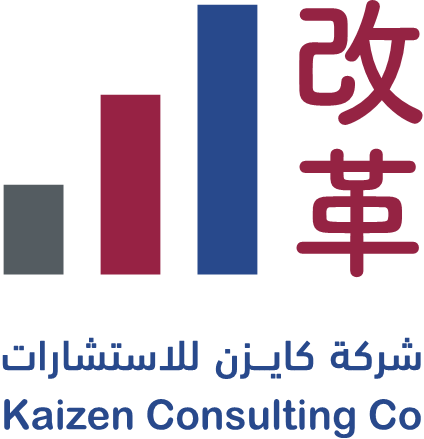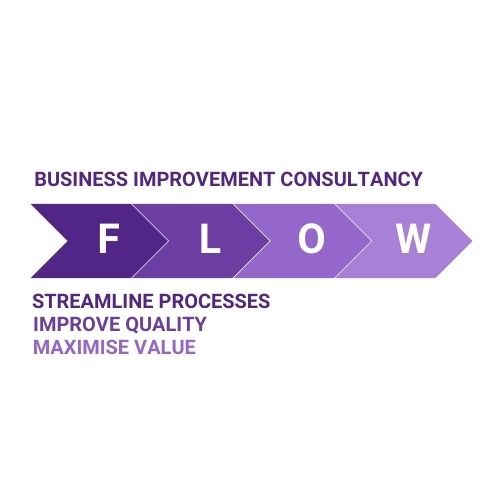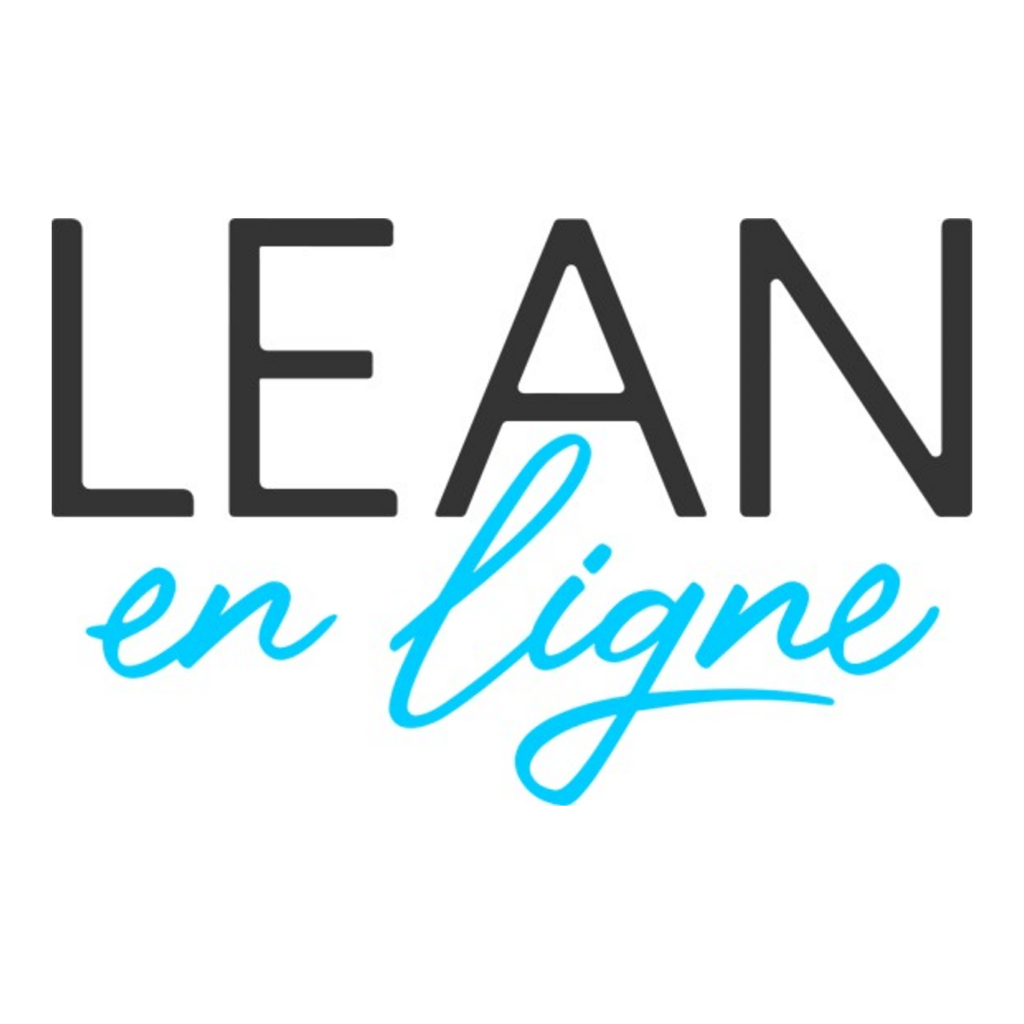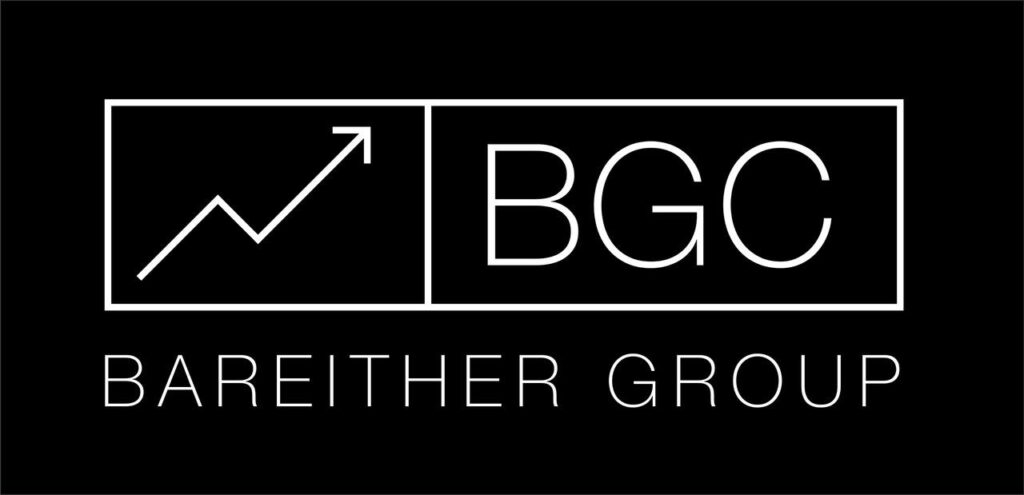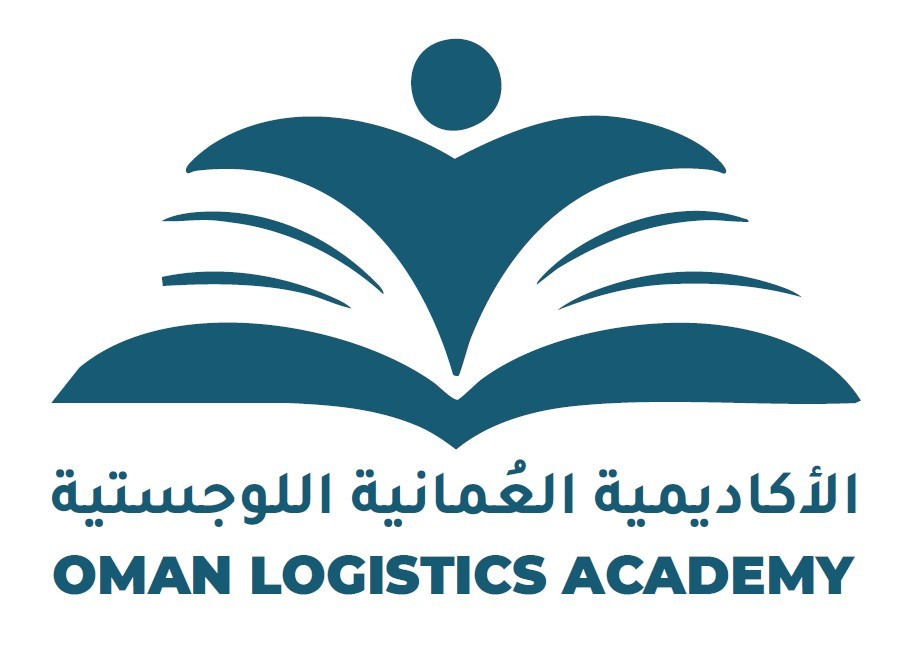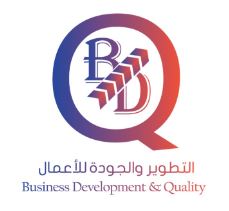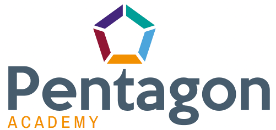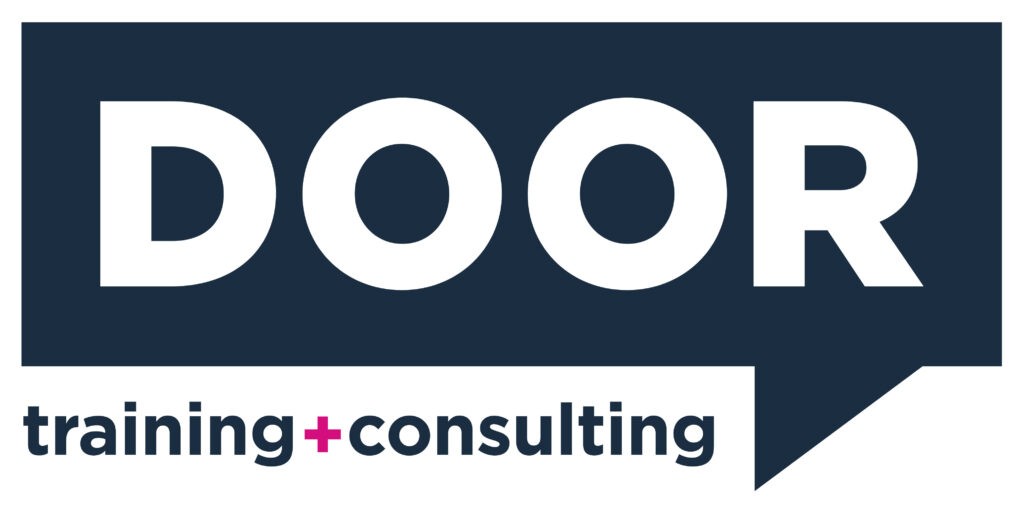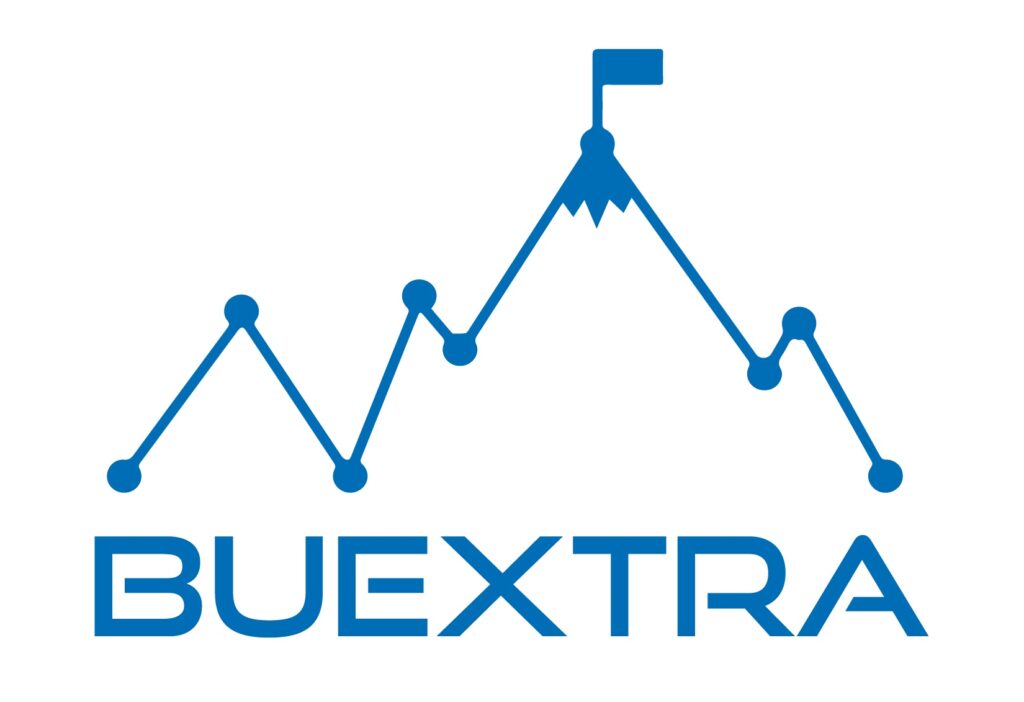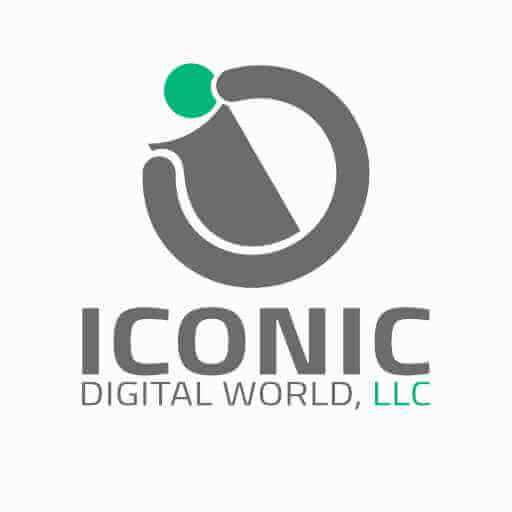The 4 Ps of Lean Six Sigma : Toyota’s Secret to Success:
Lean Six Sigma, a methodology synonymous with exceptional efficiency and relentless improvement, has been a cornerstone of many successful enterprises, most notably, Toyota. This esteemed methodology thrives on four foundational pillars—People, Process, Problem Solving, and Philosophy. Each component plays a critical role in sculpting a corporate culture that is not only efficient but also resilient and forward-thinking. In the heart of Toyota’s strategy lies the disciplined integration of these elements, powered further by an alignment framework known as Hoshin Kanri.
People: The Core of Continuous Improvement
The first pillar, People, emphasizes the importance of human resources in any operational strategy. Toyota has long recognized that the success of Lean Six Sigma does not merely depend on tools and techniques but on the people who implement them. The company invests heavily in training and developing its workforce, ensuring that every employee, from the shop floor to the executive suite, possesses the necessary skills to contribute to continuous improvement efforts. This development goes beyond technical skills to include fostering a mindset of collaboration, respect, and collective ownership of both challenges and successes.
In Toyota’s philosophy, every team member is encouraged to come forward with suggestions and take part in problem-solving activities. This participative approach not only enhances skill sets but also strengthens the bonds within teams, fostering a supportive environment where innovation can thrive.
Process: Streamlining for Efficiency
The second pillar, Process, involves the meticulous streamlining and optimization of operations to eliminate waste and enhance efficiency. Toyota employs various Lean tools, such as Just-In-Time production (JIT), value stream mapping, and the 5S system, to ensure that every aspect of the production process is as lean as possible. This relentless pursuit of efficiency results in consistent, high-quality outputs while also reducing costs and lead times.
By systematically identifying areas where non-value-adding activities occur, Toyota is able to create a workflow that minimizes waste and maximizes value to the customer. This not only enhances product quality and customer satisfaction but also reinforces the company’s competitive edge in a demanding global market.
Problem Solving: Data-Driven Decision Making
The third pillar, Problem Solving, highlights the significance of a methodical, data-driven approach to identifying and resolving issues. Toyota’s problem-solving process is deeply embedded in statistical analysis and the scientific method, where problems are carefully defined, measured, and analyzed before any solutions are implemented. This rigorous approach ensures that solutions address root causes rather than symptoms, thereby preventing recurrence of issues.
Techniques such as the Five Whys and Six Sigma’s DMAIC (Define, Measure, Analyze, Improve, Control) framework are integral to this process, ensuring that improvements are based on solid data and clear logic, leading to sustainable enhancements.
Philosophy: A Culture of Kaizen
The fourth and perhaps most profound pillar is Philosophy. Toyota doesn’t just implement Lean Six Sigma as a set of strategies; it embraces it as a corporate ethos. Central to this philosophy is Kaizen, or continuous improvement, which permeates every level of the organization. The Kaizen mindset encourages all employees to continuously seek ways to improve their work processes and personal efficiency, thereby contributing to the overall success of the organization.
This cultural embrace goes beyond mere efficiency; it includes a deep-seated respect for individuals, which Toyota sees as crucial for long-term success. By valuing and respecting each employee’s contribution, Toyota fosters a work environment where innovation is encouraged and rewarded.
Integrating Hoshin Kanri: Aligning Goals for Maximum Impact
A crucial component in Toyota’s Lean Six Sigma strategy is the integration of Hoshin Kanri. This strategic planning method doesn’t just support the 4 Ps; it ensures that they are effectively implemented across the entire organization. Hoshin Kanri translates long-term objectives into actionable plans, aligning goals at all levels, from individual tasks to departmental objectives and the company’s overarching strategy.
This alignment is critical for ensuring that everyone’s efforts are coordinated and contribute towards common goals. Hoshin Kanri involves setting clear, measurable goals, regularly reviewing progress, and making necessary adjustments. This cycle of planning, execution, and review creates a disciplined yet flexible approach to strategic management, ensuring that all parts of the organization move together towards shared objectives.
By focusing on these 4 Ps and effectively integrating Hoshin Kanri, Toyota has achieved a level of quality and efficiency that serves as a benchmark in the industry. For organizations looking to implement Lean Six Sigma, understanding and adapting Toyota’s approach can provide significant insights into creating a culture that not only strives for operational excellence but also nurtures its most valuable asset—its people. This holistic approach to business management ensures not only immediate benefits in terms of efficiency and cost reduction but also long-term sustainability and growth in an ever-evolving market landscape.
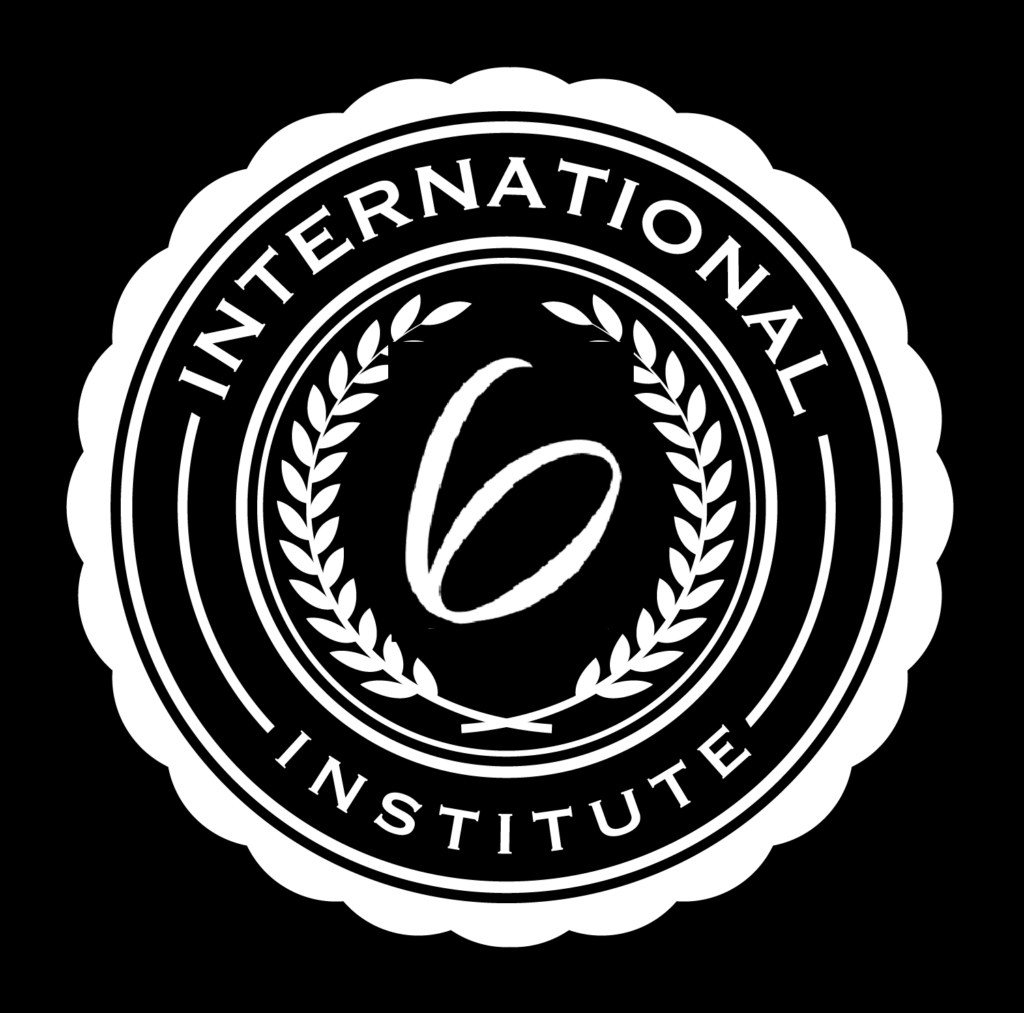
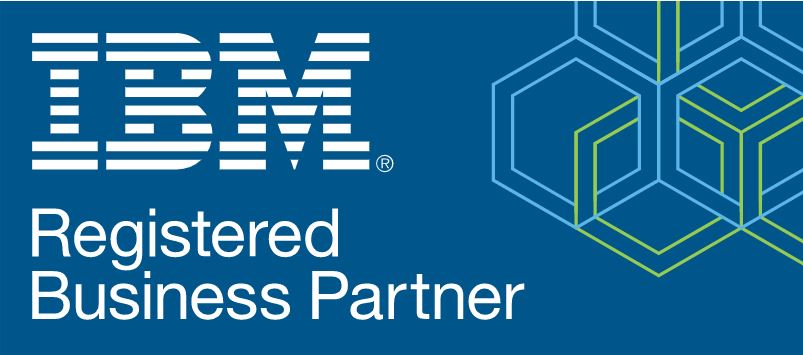

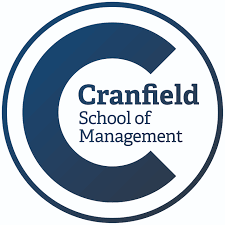
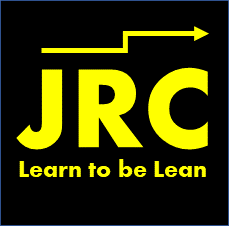
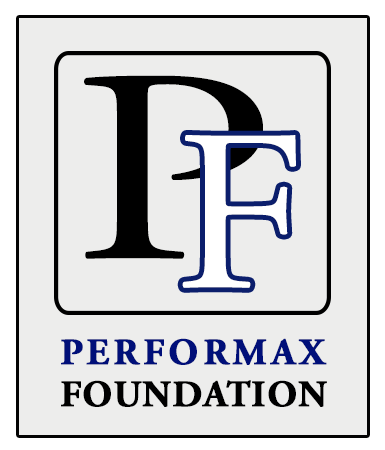

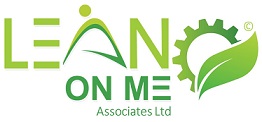




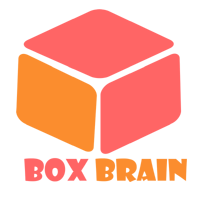

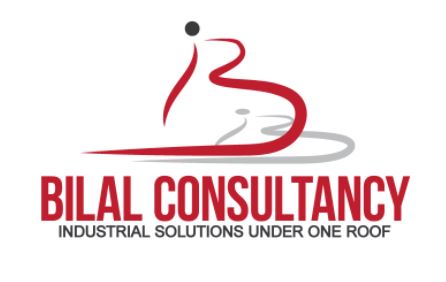
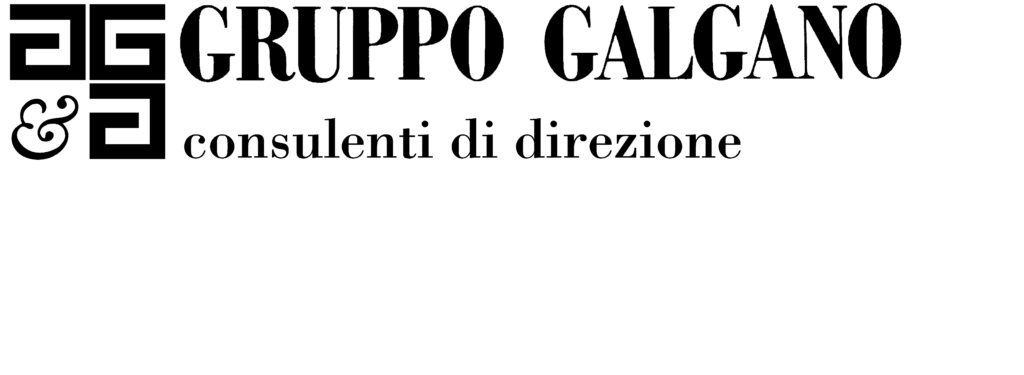



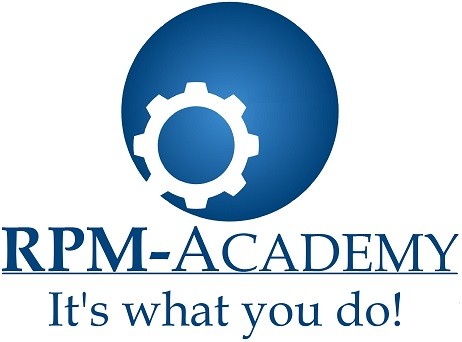
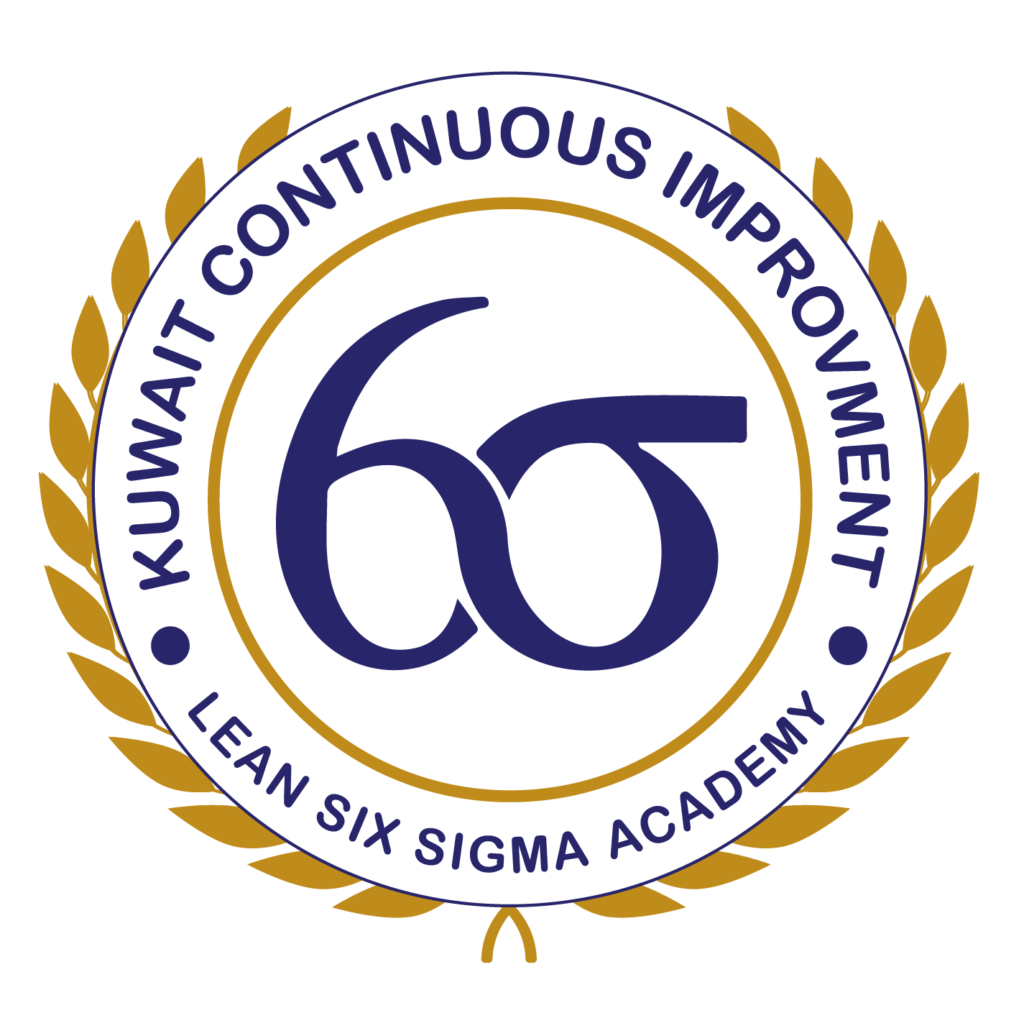

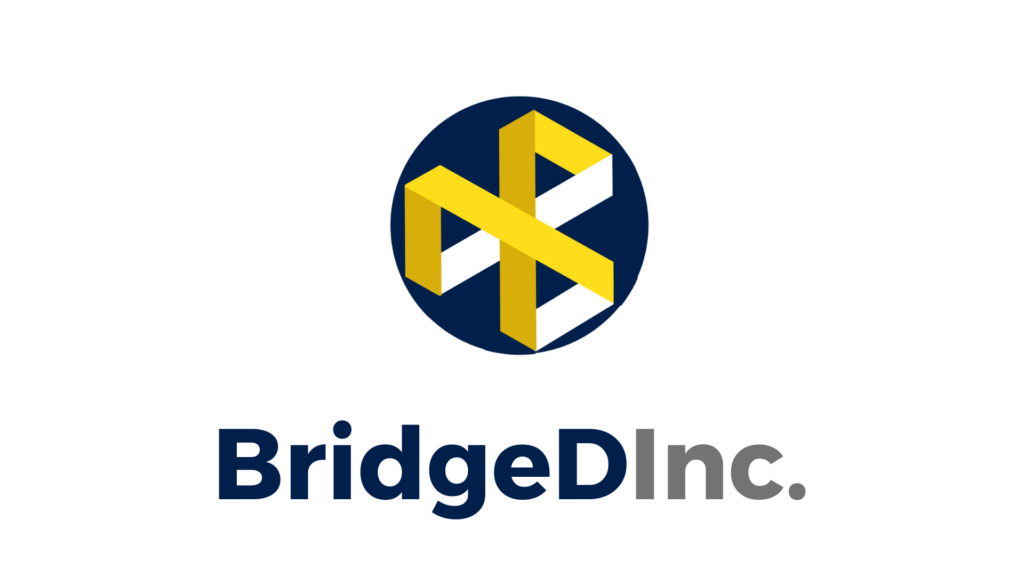

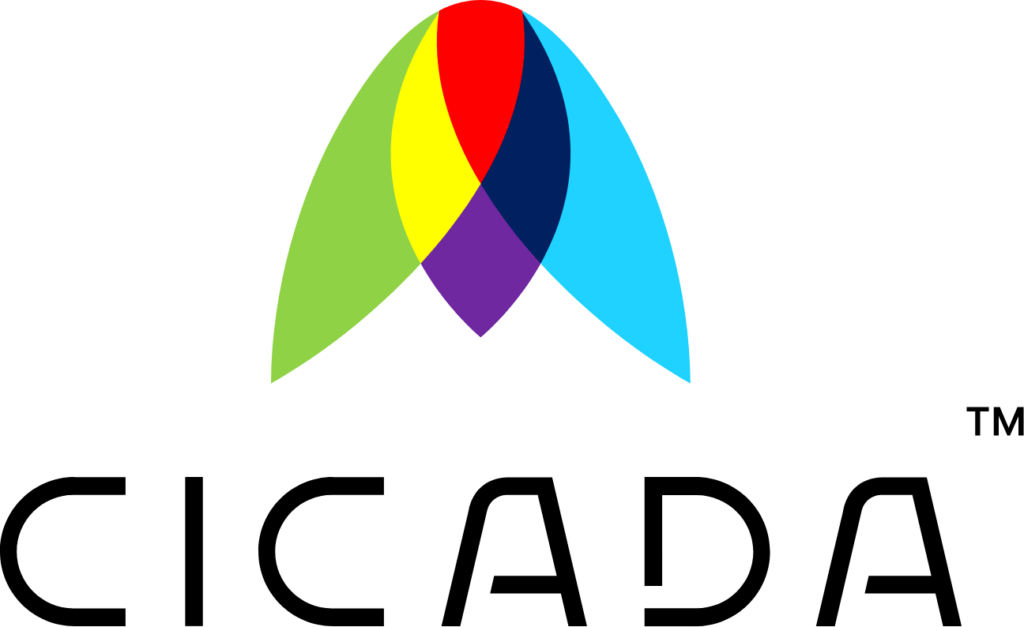

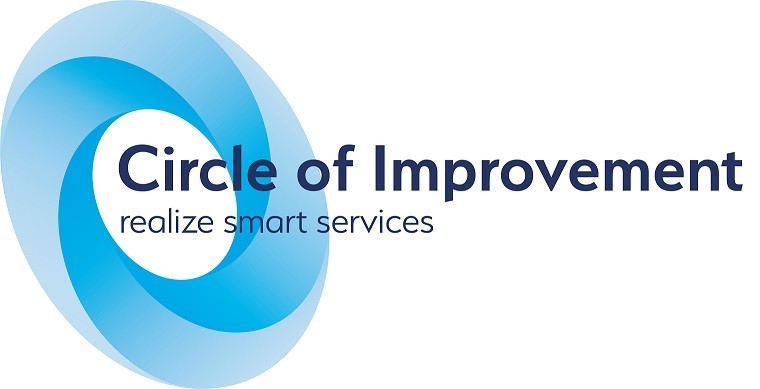



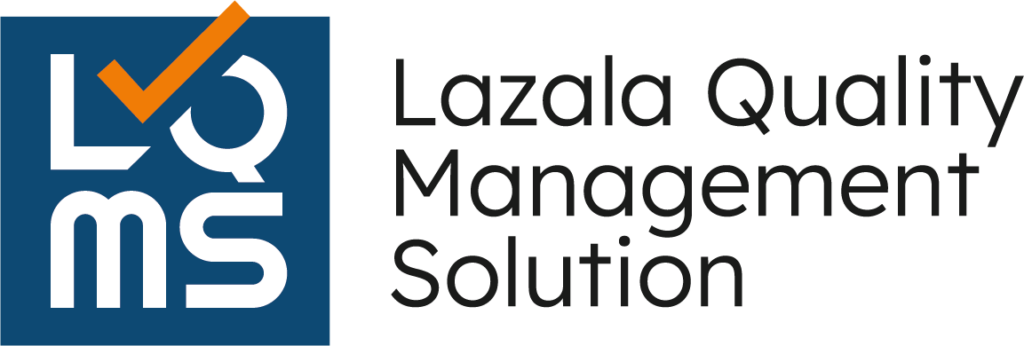




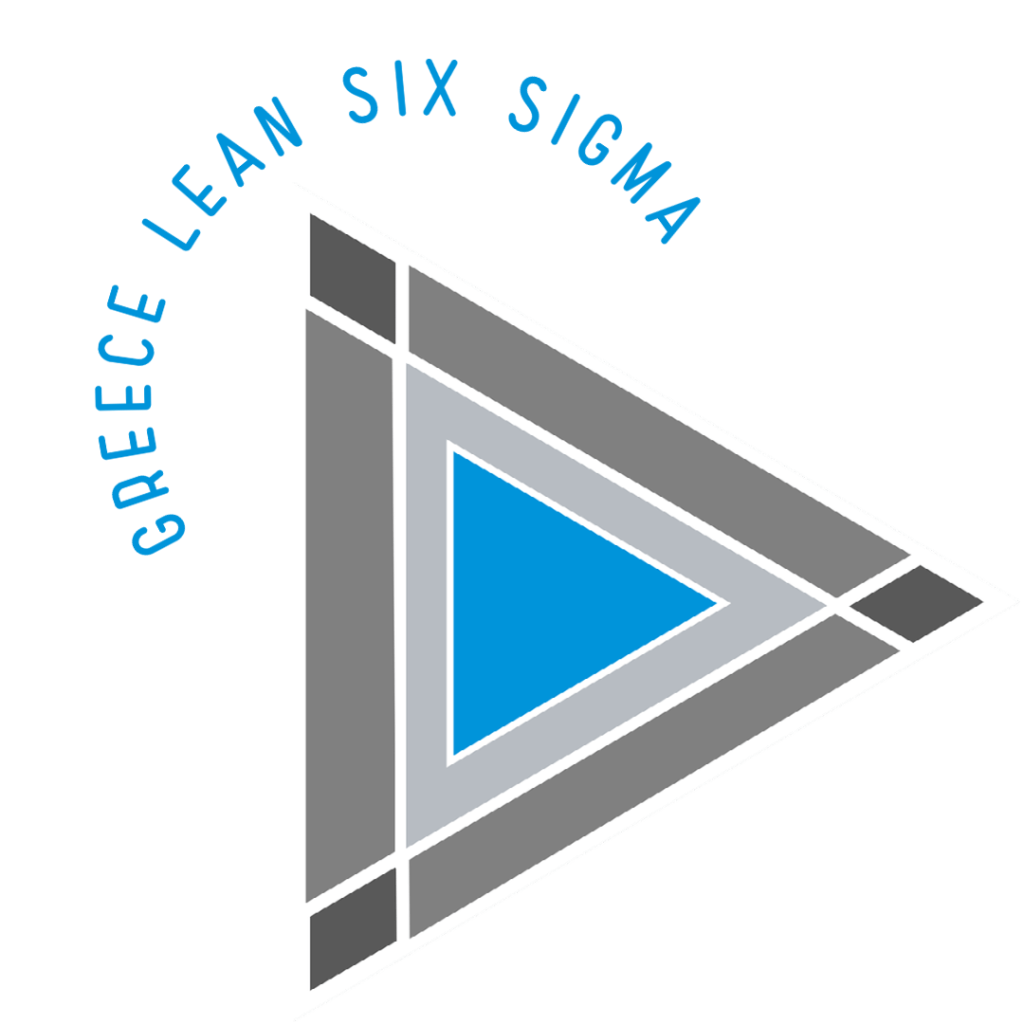


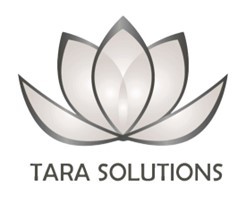
![UCOURSE.ORG [UCOURSE Academy] was established in Hong Kong in 2019 (company name: UCOURSE LTD), dedicated to providing high-quality online courses and courses for Chinese people in China, Hong Kong, and even all over the world. UCOURSE.ORG 【优思学院】于2019年成立于香港(公司名称:优思学院有限公司 / UCOURSE LTD),致力于为中国、香港、以至身处于全球各地的中国人提供优质的线上课程和考试认证,促进全国的人材培育、个人的职业发展,让学员在事业上事半功倍,同时助力国家的未来的急促发展。](https://ilssi.org/wp-content/uploads/2021/02/ucourse-logo-250.png)

